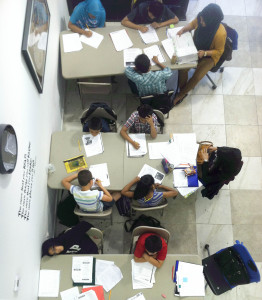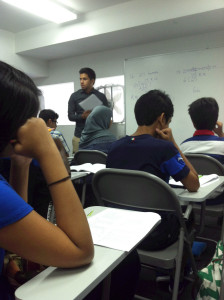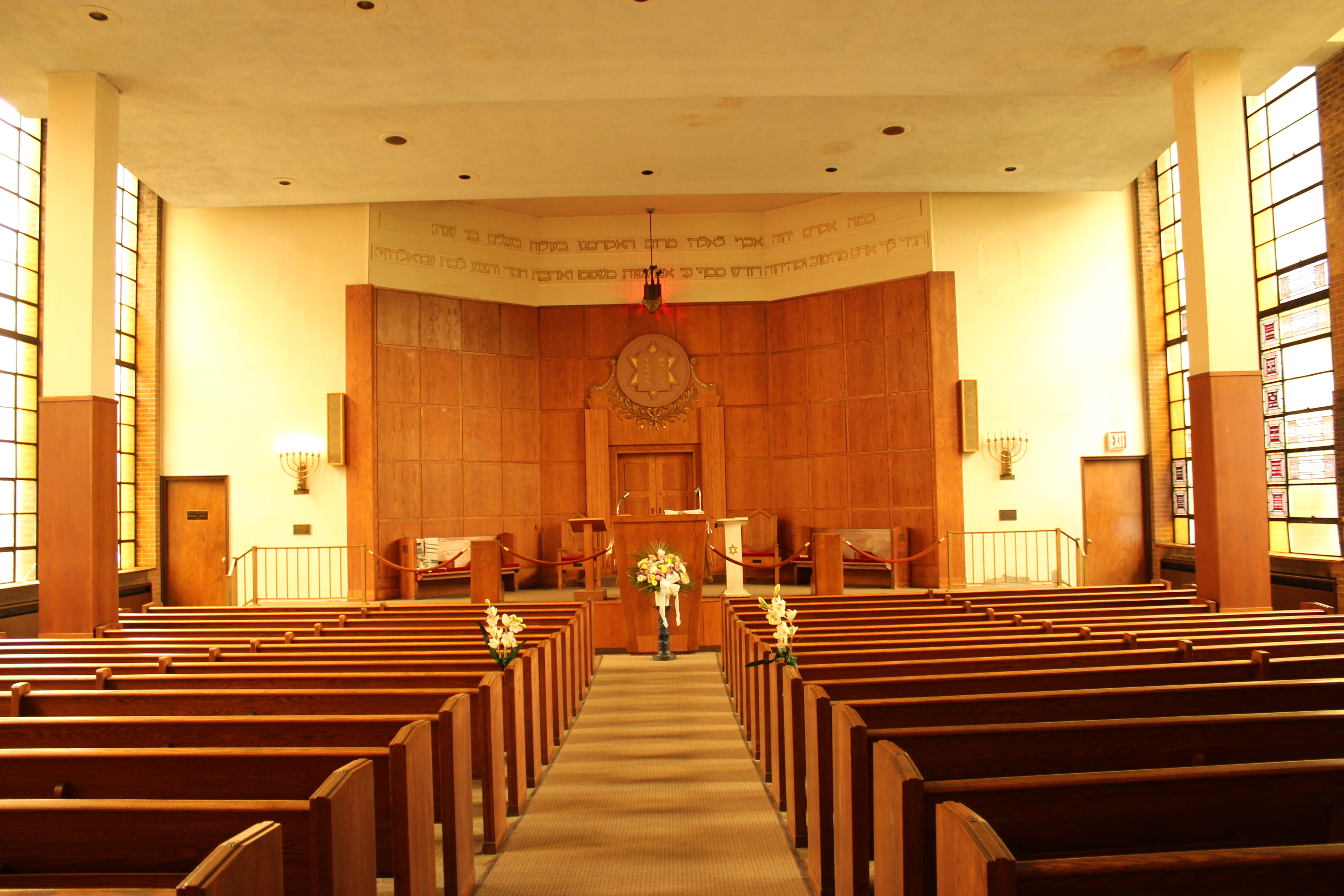Content warning: This article contains mentions of domestic and gender-based violence.
*Bangla and Bengali are synonymous
K.F. was one of the first to speak. Through a Bengali translator, she described her first marriage — arranged in Bangladesh — when she was 16 years-old. K.F. (her name is being withheld for her safety) divorced and migrated to the U.S. where she was abused by her second husband.
K.F. is one of about a dozen South Asian women from mostly the Bronx who gathered in a virtual circle, via Zoom, last Thursday. Several of the women who participate in the weekly session are survivors of domestic violence.
The circle is led by women from Sapna NYC, the first and only non-profit organization in the Bronx that provides services for low-income South Asian immigrant women. It was formed in 2008 in response to a growing Asian community. In 2008 there were 11,132 residents of Asian descent in the Soundview and Parkchester area, compared to 14,946 in 2021, according to census data.
R.S. sounded frustrated as she spoke about applying for jobs. She’s not able to work a strict 9-to-5 job because she has to look after her child, making it difficult for her to find employment. R.S (her name is being withheld for her safety) was married in her early twenties, abused in her marriage and is now a single mother. She has a master’s degree and wants to gain her financial independence, according to Naurin Islam, Deputy Director of Sapna NYC and translator for the womens’ circle.
An increase in incidents
When Sapna started providing assistance for mental health last year, they said that between April to June, 11 women received services. In the same quarter of 2022, 34 women received counseling, and in the second quarter of 2022, 187 women were counseled. Now, the number usually hovers between 50 and 60 per month. The women who come to Sapna have either endured verbal abuse, physical violence, or both.
In the Bronx, there were 20,688 family-related domestic incident reports in 2021, compared to 14,728 cases in 2020, according to The Mayor’s Office to End Domestic and Gender-Based Violence (ENDGBV).
Community Board 9, which includes Parkchester and Soundview, had the highest number of reports of family-related domestic incidents (2,719) out of the borough’s 12 community boards, with the lowest being Community Board 8 (Riverdale and Fieldston), according to the 2021 study.
The city offers support to domestic abuse survivors and their children, and manages a number of Family Justice Centers throughout New York City.
The Bronx Family Justice Center has a disproportionately high percentage of South Asian clients from Parkchester (zip code 10462), Islam said. Additionally, that Family Justice Center has the highest number of clients who speak Bengali, according to Islam. Sapna serves the entire South Asian community, but because of their Parkchester location, they mostly assist the Bangladeshi American community.
The city data does not break down the number of domestic violence cases by ethnicity, but at the Bronx Family Justice Center located in Concourse Village, Bangladesh is one of the top ten countries of birth of clients seeking support, according to Beth Seibold, Senior Communications Advisor with the mayor’s office, ENDGBV.
“There is very little information about our communities which means that a lot of times, if you don’t exist in numbers, you don’t exist, and your needs don’t exist,” said Diya Basu-Sen, Executive Director of Sapna NYC.
BRONX FJC:
Bronx FJC clients reported 72 different countries of birth
Top 10: Country of birth for Bronx FJC clients (not including the United States)
| 1. | Dominican Republic |
| 2. | Mexico |
| 3. | Honduras |
| 4. | Jamaica |
| 5. | Ecuador |
| 6. | Bangladesh |
| 7. | Trinidad and Tobago |
| 8. | Colombia |
| 9. | Guatemala |
| 10. | Ghana |
In many cases, the women seeking help are subjected to verbal and physical abuse by their spouses and remain compliant since the husband supports the family financially, Basu-Sen said.
“Ladies are confused about what to do and whether they should compromise with their husband. If they don’t compromise, then they have to get out of the house, but this is not good for the children,” explained Laila Khairun-Nahar, who works in Case Management and Outreach at Sapna.
Mental health stigma and language barriers
Both directors, Islam and Basu-Sen, point out that a large portion of the population experiences poverty, loneliness, unemployment, low levels of English literacy, and depression. Many are mothers who do not know how to advocate for themselves or for their children.
“Sometimes they probably don’t know (what domestic violence is) because they don’t really think they’re being abused,” said Nafisa Subhan, Program Associate at Sapna NYC.
Sapna received a foundation grant from the Cabrini Foundation in 2021, to hire a mental health counselor, Arpita Chatterjee, who is fluent in Bangla.
“A lot of domestic violence survivors are now referring their friends and say, ‘Oh, I think you can go and get help’, whether it’s for applications, whether it’s for counseling, whether it’s for the women’s circle, or simply to just build from scratch a new community,” Chatterjee said.
Sapna developed the Mukti mental health program in 2021, and according to their study, 20% of South Asian women reported having personally experienced domestic abuse from a spouse in the previous five years. Nearly 50% of respondents said they knew at least one other woman who had endured physical or emotional abuse.
“There’s a lot of unmet needs in the South Asian community in the Bronx, and so Sapna was born to address this gap in services and also to create a safe space particularly for women,” Basu-Sen said.
“In our communities there’s a lot of stigma around mental health, so it’s not necessarily something people are used to doing, such as having a counseling session. So we have the women’s circle that people can either do so they meet other women and feel happier,” Basu-Sen added.






















